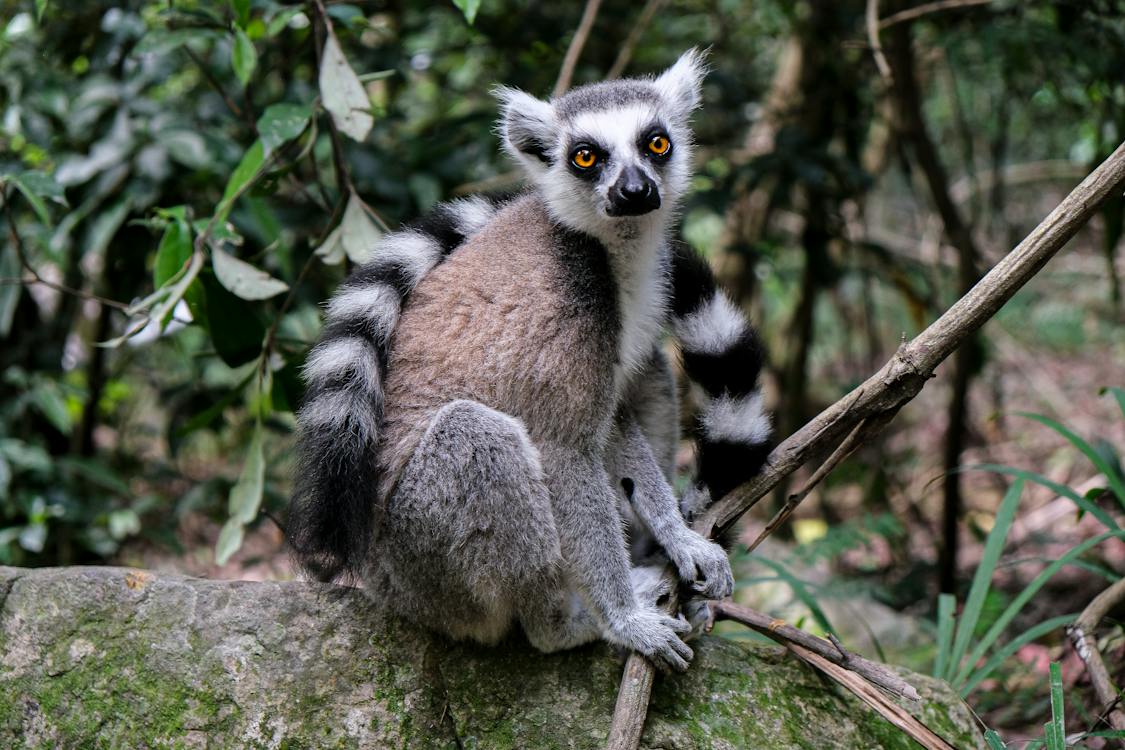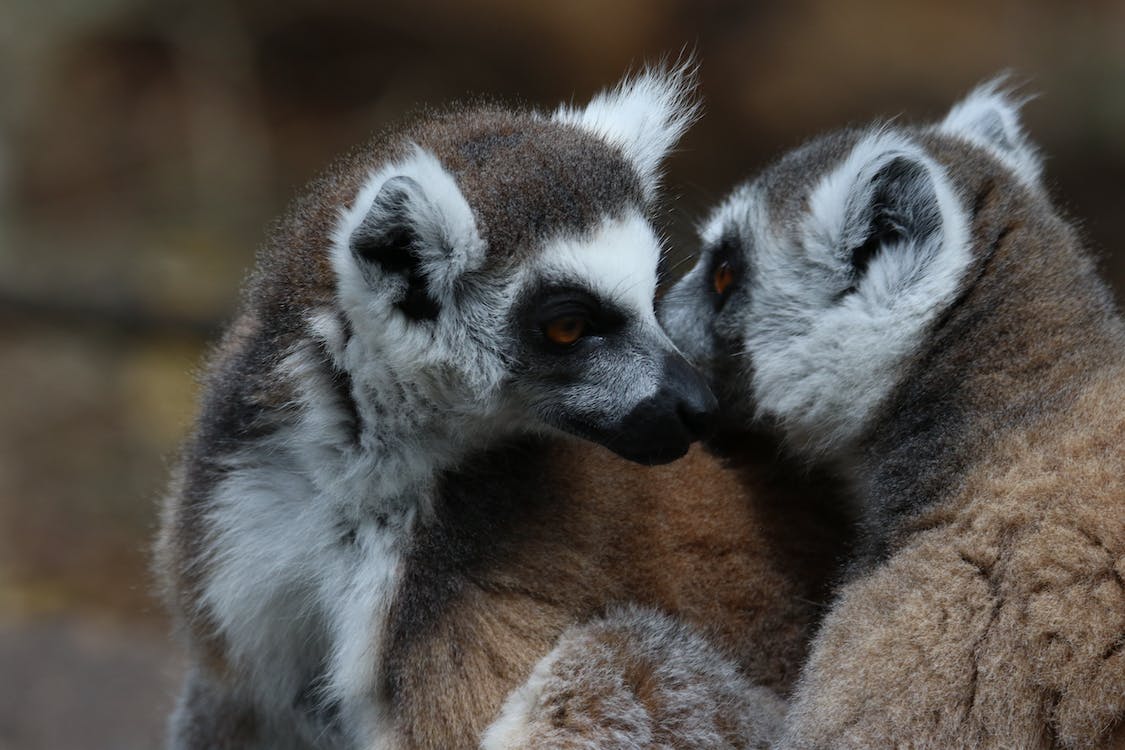Resting on the idyllic island of Madagascar off the southeast coast of Africa, dwells a captivating creature renowned as the Arboreal Lemur. This tree-dwelling primate, part of the lemuridae family, displays fascinating adaptability to varying climates from warm, rain-soaked forests to harsh dry deserts.
Portrayal of the Arboreal Lemur

Varied in its species, one encounters Lemurs of divergent shapes and sizes. Ranging from tiny ones weighing merely an ounce, to larger counterparts tipped the scale up to 15 pounds and standing an impressive 4 feet tall. These primates, intricately evolved from monkeys, draw gaze with their furry bodies, oversized peering eyes and elongated snouts marked by wet, sensitive noses.
The defining feature among these Lemurs is their lengthy tails. As these things glide, dexterously balancing through the arboreal canopies, their tails do not hang or curl but rather serve as an exquisite balancing tool.
The Arboreal Environment and Diet

‘Arboreal’, by definition, implies that these Lemurs predominantly spend their time amongst tree-tops. Their peculiar nocturnal habits coupled with their disconcerting stare led to their naming as ‘Lemur’, which translates to ‘Ghost’.
Being omnivores, their diet primarily consists of nourishing plants with the occasional treat of insects. While they’re not often seen devouring mammals, it’s not entirely omitted from their dietary options.
Social Behaviour and Communication

Renowned for their social tendencies, these pristine creatures carry out their foraging activities during the day and return to their group for bonding at night. Their communication modes are diverse and intriguing.
Scent Markings
- The Lemurs employ a method of scent markings, echoing their canine brethren. These scent trails, laid down by various means such as urine or feces, play a vital role in their communication process.
- These seemingly similar sounding noises can serve as warnings, boundary calls, or even their form of social media, relaying various messages to other group members.
The Fascinating ‘Stink Fight’

In the face of combat, whether for territorial confrontations or the right to mate, Lemurs engage in what is referred to as a ‘stink fight’. In this enthralling showdown, they coat their tails with excretions of urine and feces, fervently waving them while emitting menacing sounds. Females partake in a similar show of power, leaving their mark with glandular scents.
Life Cycle and Threats

Lemurs in their natural habitat can survive up to 25 years and up to 35 in captivity. They breed once a year, where the females birth one or two offspring between August and early October. The first few months see the offspring clinging to mothers, gradually learning to ride on their backs before gaining independence after a couple of years.
Their predators primarily include eagles and hawks, predominantly hunting at night or targeting lemurs low in the trees. However, the gravest threat continues to be humans, with the cultivation of trees and habitat destruction pushing the Lemur species close to the brink of extinction.